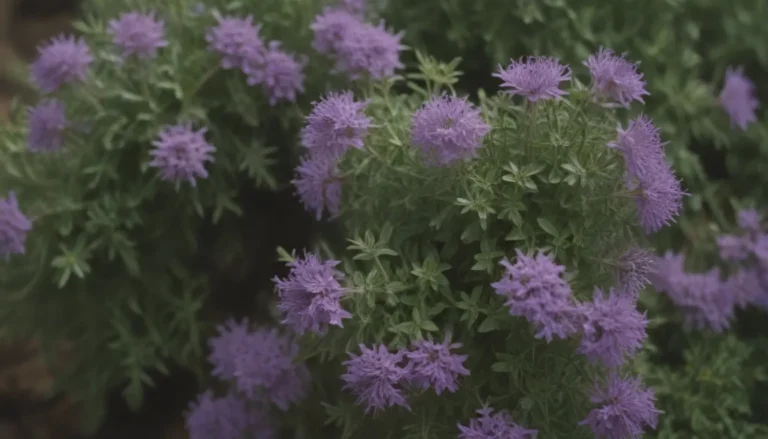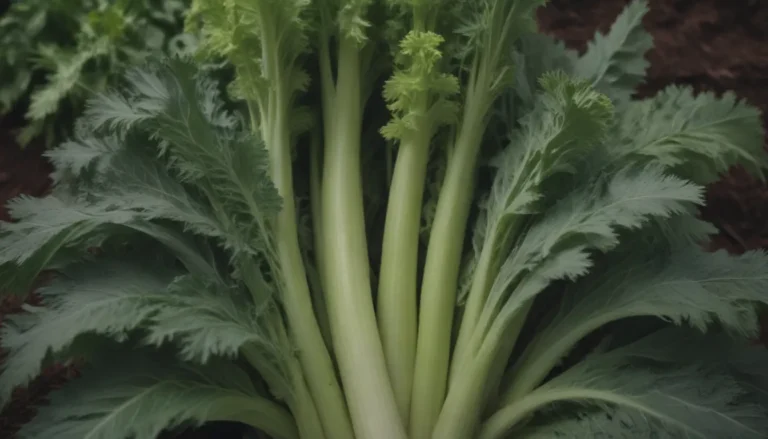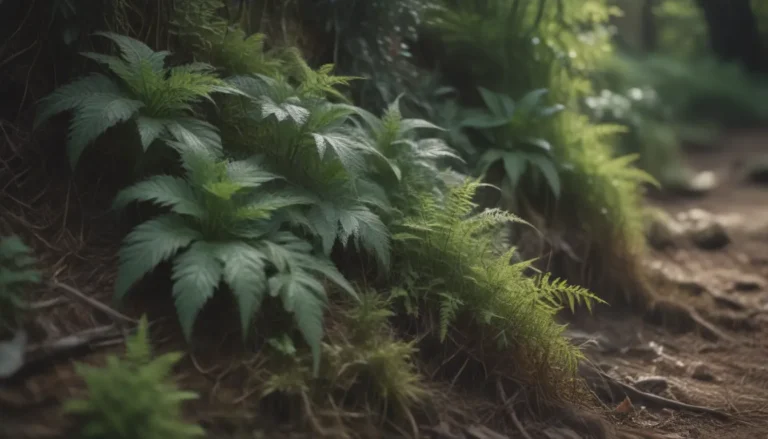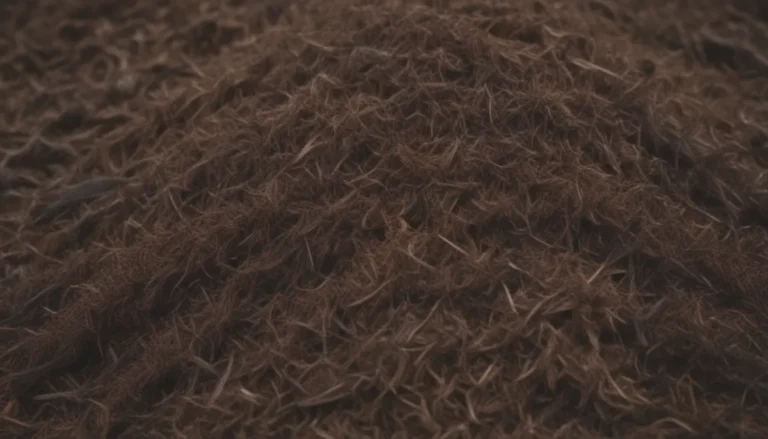A Comprehensive Guide to Growing and Caring for Peanut Butter Trees
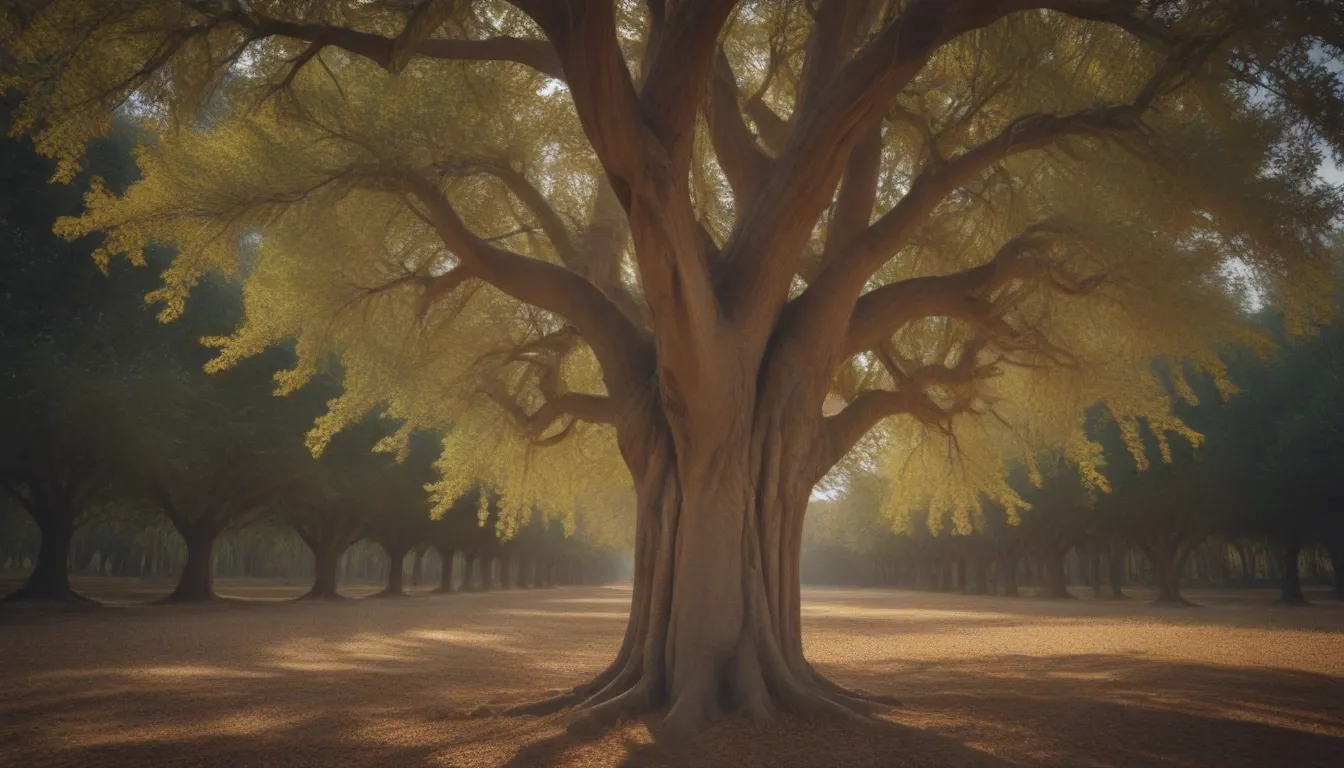
If you’re intrigued by the unique peanut butter scent emitted by the dark green leaves of the peanut butter tree, you’re not alone. These small trees, also known as Clerodendrum trichotomum, are a fascinating addition to any garden. In this article, we’ll delve into everything you need to know about growing and caring for peanut butter trees.
Introduction to Peanut Butter Trees
The peanut butter tree is a fast-growing species that is sure to capture attention with its delightful fragrance and showy flowers. Here are some key points to know about this intriguing plant:
- Known for its peanut butter scent when leaves are crushed
- Bears delicate, showy flowers in cascades
- Berries can be toxic to humans and animals
Peanut Butter Tree Care Tips
To ensure that your peanut butter tree thrives, it’s essential to provide the right care. Here are some tips to keep in mind:
Light
- Requires full sun for optimal growth
- In hot areas, provide some afternoon shade to prevent wilting
- At least six hours of direct sunlight is ideal
Soil
- Prefers rich, loamy, slightly sandy, well-drained soil
- Avoid planting in areas prone to waterlogging
- Drought-tolerant and does not require frequent watering
Water
- Drought-tolerant, but may need watering during dry spells
- Provide approximately 1 inch of water per week
- Monitor soil moisture to avoid overwatering
Temperature and Humidity
- Hardy to USDA zones 6-10
- Can withstand temperatures as low as -10°F to -15°F
- Frost-sensitive, so protect from early or late frosts
Fertilizer
- Apply a water-soluble fertilizer in spring for more abundant blooms
- Opt for a high-phosphorus fertilizer to promote flowering
- Cease fertilization after the flowering period
Types of Peanut Butter Trees
Several cultivars of Clerodendrum trichotomum offer unique characteristics. Here are some popular types:
- Clerodendrum trichotomum ‘Betty Stiles’
- Clerodendrum trichotomum ‘Stargazer’
- Clerodendrum trichotomum var. fargesii
- Clerodendrum trichotomum var. fargesii ‘Carnival’
Pruning and Propagating
Proper pruning and propagation techniques can help maintain the health and shape of your peanut butter tree. Here are some essential practices:
Pruning
- Remove suckers in spring and fall to control growth
- Shape into a tree form through careful pruning
- Prune dead or damaged growth in spring
Propagating
- Propagate through semi-hardwood cuttings in spring or summer
- Root cuttings can also be utilized in winter for propagation
Growing Peanut Butter Trees From Seed
While growing peanut butter trees from seed is possible, it may require patience and specific conditions. Here’s how to grow them from seed:
- Use a greenhouse for consistent humidity and warmth
- Plant seeds in a well-draining soil mix
- Replant seedlings once they reach 1 inch tall
Potting and Overwintering
For those in colder climates, growing peanut butter trees in pots may be a viable option. Here’s how to pot and overwinter your peanut butter tree:
- Use a rich, well-draining soil mix in a pot
- Overwinter indoors in a warm area or greenhouse
- Protect from frost by covering with burlap
Common Pests and Diseases
While generally disease-resistant, peanut butter trees may encounter pests and diseases such as aphids and leaf spot. Here’s how to handle common issues:
- Control pests with insecticidal soap
- Treat fungal diseases with pruning and fungicide application
Achieving Blooms and Addressing Common Problems
To encourage flowering and address common issues, consider these tips:
- Plant two clones for fertilization and fruit set
- Address watering issues such as yellowing or wilting leaves promptly
In conclusion, peanut butter trees are a delightful addition to any garden with their unique scent and stunning flowers. By following these care tips and techniques, you can enjoy a thriving peanut butter tree in your outdoor space. Happy gardening!
